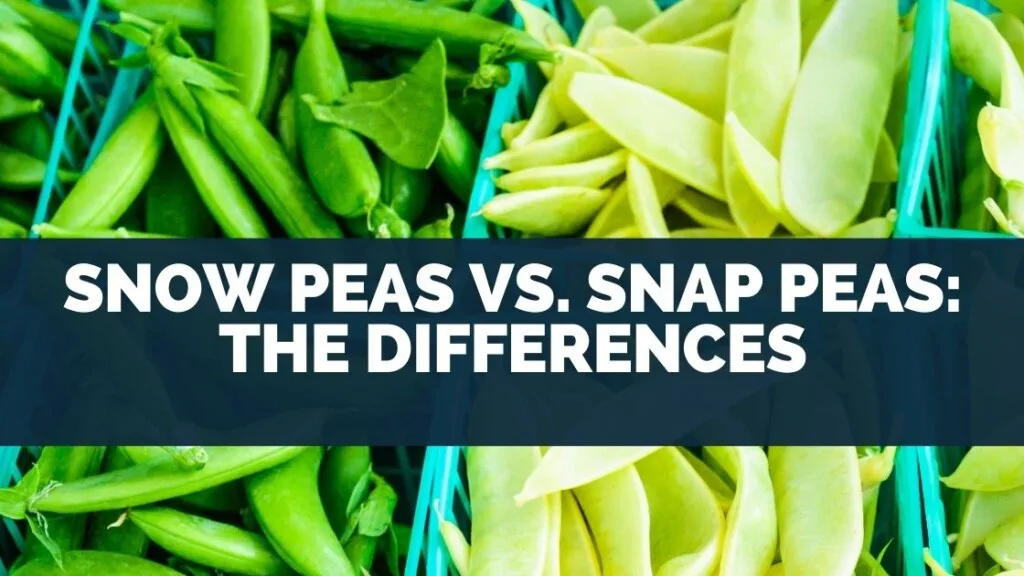
Do you know the difference between snow and snap peas?
They may seem similar, but there are some key differences.
This blog post will look at both types of peas and explain what makes them unique. Which one should you be eating? Please put on your reading cap, and let’s get started!
Snow peas and snap peas are both types of edible pod peas, which belong to the same pea family as garden peas. Peas in this family grow in vines and have a round, flat shape. In the edible pod category, peas are another category — snow or sugar snap — that we will focus on today to answer our question:
“What are the differences between snow peas and snap peas?”
Table of Contents
Snow Peas
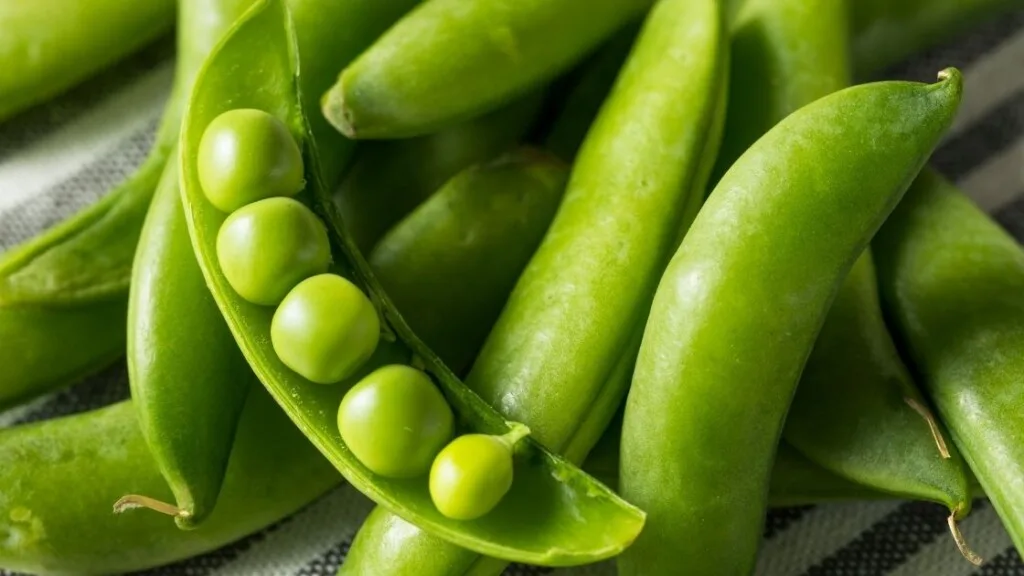
Sugar peas are different types of pea that are eaten whole in their pods while still immature. The pods are flat, with edible seeds that are green and round.
The peas inside have a crunchy texture and a mildly sweet flavor. Snow peas are widely cultivated in East Asia, Europe, North Africa, and South America.
These peas are related to regular garden peas but grow in pods without the pea.
The snow pea plant is an annual plant, which means you only need it one year; after that, it dies, and you have to replant a new crop.
Snow pea pods are a good source of dietary fiber. They also contain significant protein, vitamins A and C, iron, and copper. In addition, snow peas are a few plant sources of omega-3 fatty acids.
In Italy, especially Veneto, they are known as “mange-tout.” In Chinese cuisine, snow peas may be stir-fried or used in soups or sometimes in cold dishes with sesame oil or other dressing such as soy sauce/fish sauce dressing for dipping condiments (Nam Pla Prik) or Kroeung.
Indian cuisine is added to a vegetable dish called Matar Paneer, made from peas and paneer cheese.
In Thailand, they are widely used in Woonsen salad (โจ๊ก), a raw seafood dish.
Snap Peas
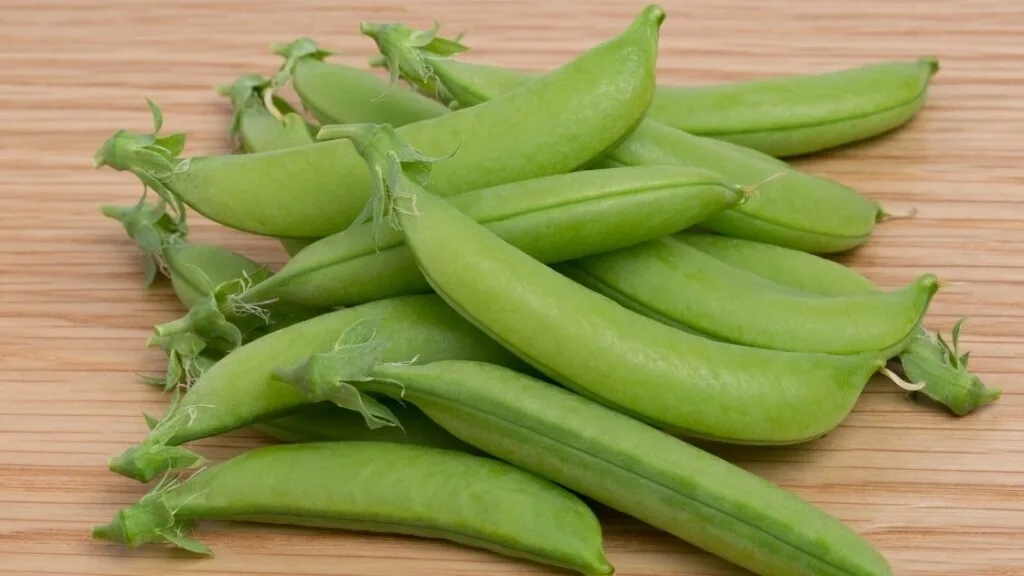
Snap peas are a type of pea that you can eat whole, pod and all. They’re an excellent source of dietary fiber, vitamin C, vitamin K, and thiamin. One cup (128 grams) contains about seven grams of protein, 21 percent of the daily value.
Snap peas have a high amount of vitamin C, similar to bell peppers at 94% daily value per 100 grams.
If you’re looking for a tasty and healthy snack, you should try snap peas!
These little green peas are harvested before they become fibrous and woody, and they retain their crispness even after picking. You can freeze or can them with minor loss in texture or flavor.
Unlike other shelling peas, snap peas are best eaten raw because cooking makes them lose much of their flavor. So give ’em a try!
Snap peas are a type of pea that originated in Afghanistan.
They were first cultivated by the Egyptians as early as 3000 BC. These days, they can be found worldwide in temperate climates like China, where most snap pea production happens.
Differences Between Snow Pea and Sugar Snap Pea
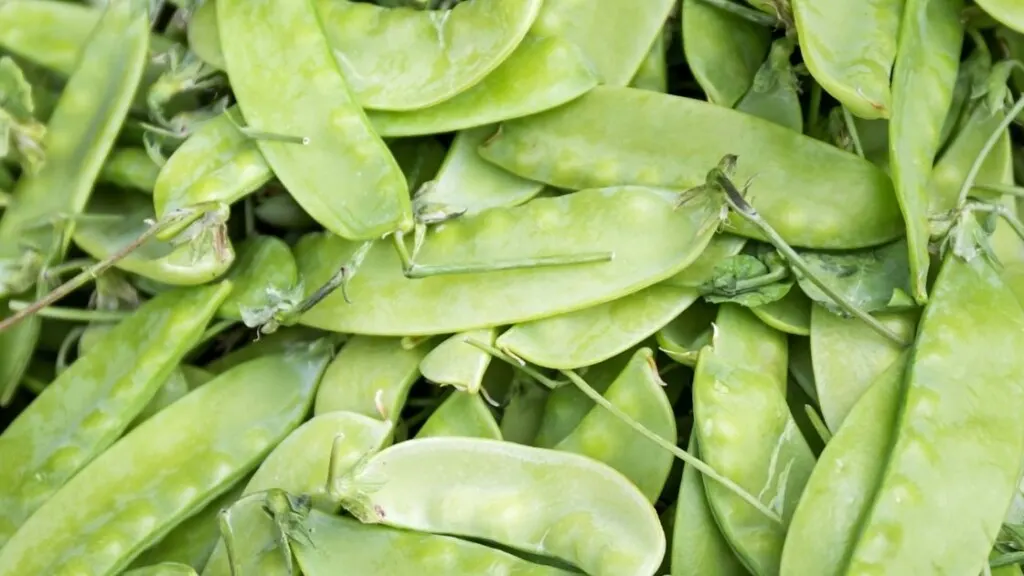
There are several types of peas. Sugar peas and snap peas are the most common types.
Way of Eating And Taste
The difference between these two types of peas is how they are eaten. Snow peas are usually eaten pod and all, while snap peas are traditionally eaten with the pod removed. Snow peas taste sweeter than snap peas because they’re harvested earlier when their sugar content hasn’t yet turned to starch.
Appearance
Snow peas are often flat and wide, while snap peas can be round or flat. Snow peas may sometimes have a fibrous string that runs down the side, which should be removed before eating.
Snap peas do not usually have strings, but if they do, leave them on, for this vegetable is much easier to eat!
Cooking Period
Snow peas need to be cooked longer than snap peas.
Snap peas need only three to five minutes in boiling water, while snow peas have to be cooked for eight to ten minutes.
The sugars in both types do not require extensive cooking times to become tender, but the starch does need some boiling time to separate from the vegetable and thicken the sauce slightly.
Both types of peas should be added to boiling water and cooked until bright green.
Harvesting time
In the harvest period, snow peas usually have a three to four-week window to reach their peak flavor.
They can still taste suitable for up to about seven weeks after picking, but their flavor becomes very starchy and unpleasant after this time.
Unless they are picked young, Snap peas are on the market for about six weeks.
Different Names
Snap peas may be called garden peas, green pod peas, edible-podded peas, or sugar snap peas.
Vitamin concentration
Snow peas have a higher potassium and vitamin A concentration but snap peas contain more B vitamins and vitamin C.
Snap peas also have a higher fiber content at two grams per half-cup versus one gram for snow peas. Both types of vegetables are deficient in calories.
Wrapping up: Snow Peas vs Snap Peas
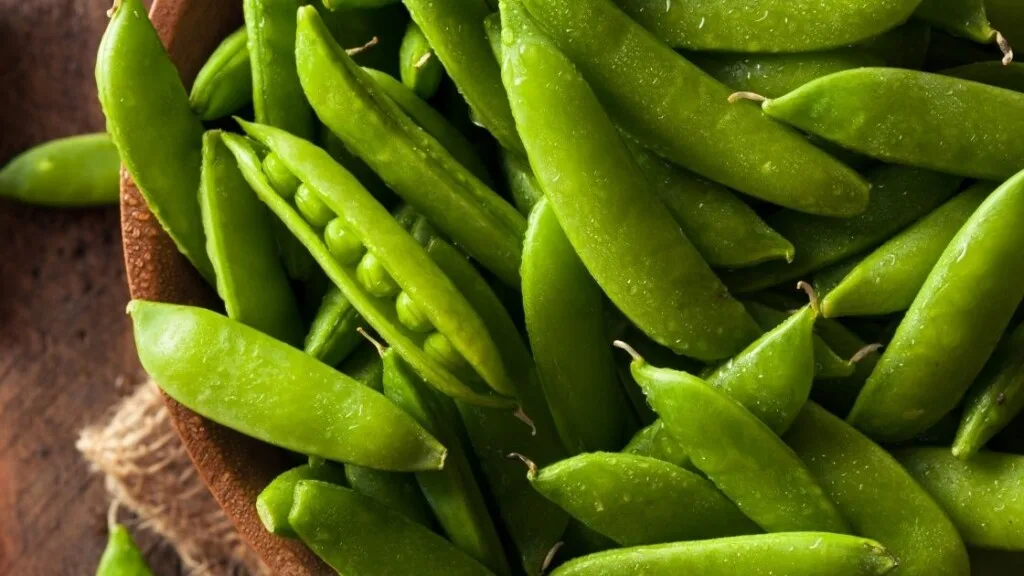
The snow pea is a sweet and tender vegetable that can be eaten raw or cooked.
It has an edible pod with small peas inside, typically green but may also come in purple varieties.
Snap peas have pods that grow to about two inches long and contain larger kernels than the snow peas’ smaller ones.
Snow peas taste sweeter than snap peas because they’re harvested earlier when their sugar content hasn’t yet turned to starch, so they’re perfect for those who prefer more of a crisp texture to their vegetables as opposed to the softer snap pea’s crunchy one.
You’ll find these delicacies at your local grocery store year-round!

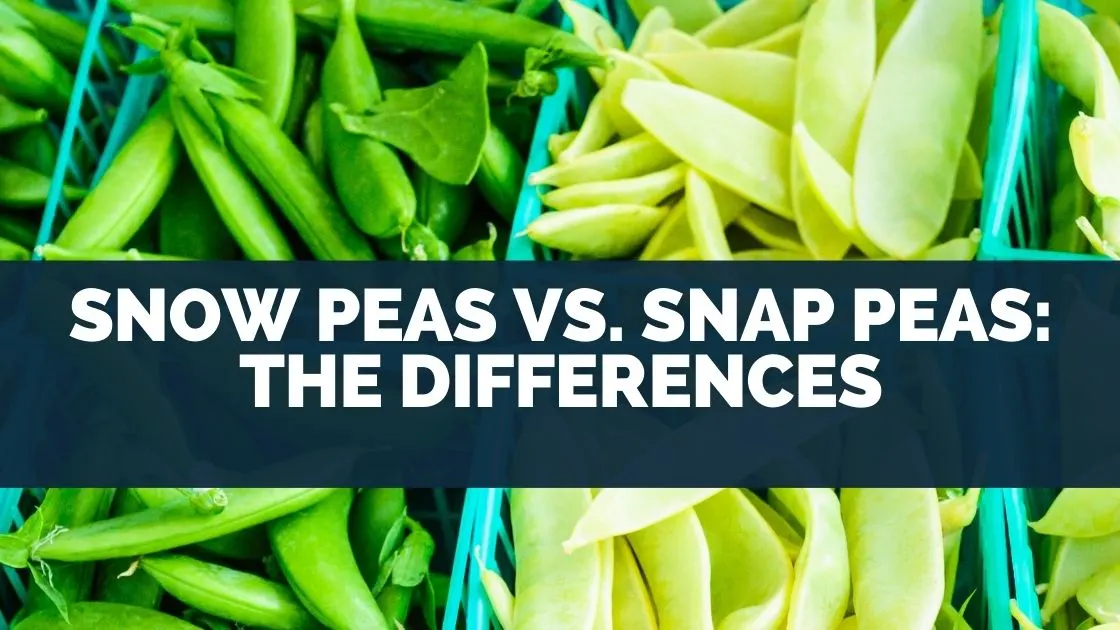
Leave a comment